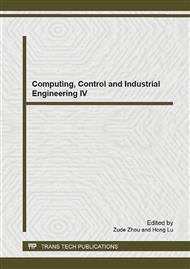p.111
p.115
p.121
p.127
p.131
p.137
p.143
p.149
p.153
Evaluation on Across-Wind Response of Tall Building According to Aerodynamic Shapes
Abstract:
High-rise buildings constructed in large cities are thin and long in their shape and are both unconventional and light-weight. The purpose of this study is to reduce the across-wind response of high-rise buildings (unconventional) under the influence of wind load. As a means to change the external shape of high-rise buildings, we selected the flat Y-type form. It is generally applied in domestic high-rise buildings for examination. Wind tunnel tests take place on 12 high-rise buildings, composed of three different Y-type shapes such as basic square forms with square cross sections and unconventional forms, in a suburban area (α=0.15) with a turbulence intensity of 10%.
Info:
Periodical:
Pages:
131-136
Citation:
Online since:
October 2013
Authors:
Price:
Сopyright:
© 2013 Trans Tech Publications Ltd. All Rights Reserved
Share:
Citation:


